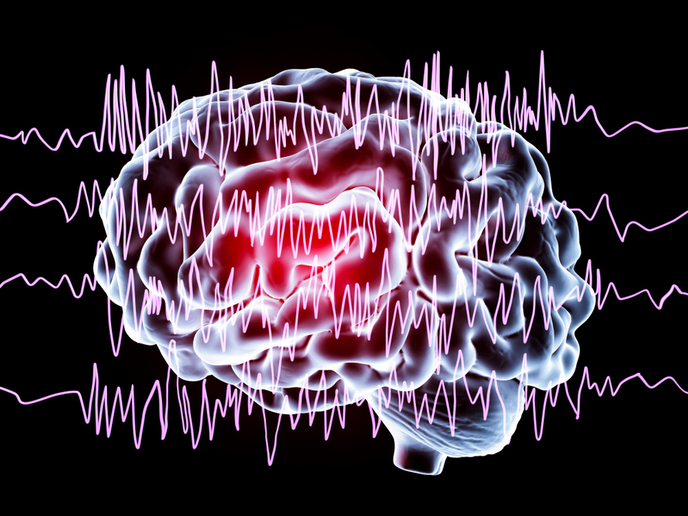Enhanced digital tool offers better support for epilepsy surgery decisions
There’s no cure for epilepsy, a disease that affects about 50 million people around the world. According to World Health Organization estimates, up to 70 % of people with epilepsy could live a seizure-free life if properly diagnosed and treated with medication. One alternative for those patients who don’t respond to drug treatments is deep brain stimulation therapy for which electrodes are implanted inside the brain. Another alternative is surgery that involves removing the epileptogenic zone – the region of the brain where the seizures emerge. “Surgery success depends on locating these areas as precisely as possible. But in clinical practice this often proves very difficult, and the average surgery success rate remains at only around 60 %,” explains Dr Viktor Jirsa of Aix-Marseille University in a news release published on the ‘EurekAlert!’ website. “Any improvement would have major impact for many patients.” This improvement comes in the form of a computational tool called The Virtual Brain (TVB) used to simulate seizure activity in patients’ brains. Initially developed by Dr Jirsa and his team, the tool could help neurosurgeons locate affected brain regions more precisely and therefore contribute to more successful surgeries. The researchers are currently carrying out a clinical trial to assess how effective TVB’s personalised brain network models are for planning epilepsy surgery.
Bringing new digital research infrastructure into play
With support from the EU-funded HBP SGA3 project (the last of four work plans of the Human Brain Project (HBP)), the team is now using a new digital research infrastructure called EBRAINS to enhance the TVB’s accuracy with high-resolution brain atlas data. According to Dr Jirsa, only EBRAINS is capable of achieving “this massive scale and resolution.” He then goes on to state: “Here brain data resources are made compatible and integrated with high-performance computing and informatics tools. EBRAINS enables the application of deep learning and other methods to find the configuration that most closely matches the patient’s own recordings of brain dynamics. This is an important step towards pinpointing the epileptogenic zone with greater precision.” The EBRAINS infrastructure’s capabilities are showcased in a video available on YouTube. EBRAINS CEO and HBP Director General Paweł Świeboda describes Dr Jirsa’s TVB tool as “one of the many breakthrough achievements resulting from the cutting-edge scientific expertise of the Human Brain Project scientists and from the state-of-the art research infrastructure EBRAINS.” He then shares his aspirations: “We're looking forward to sharing more brain health advances enabled by EBRAINS in the future. Meanwhile we invite researchers in different fields, such as neuroscience, neuroengineering, or neurotechnology - to list a few - to explore how the EBRAINS platform can enhance their own research.” One of the largest research projects in the world, the HBP brings together scientists and engineers from over 140 universities, teaching hospitals and research centres across Europe. “The HBP’s multidisciplinary approach, gaining neuroscientific insight from the analysis of big data and neuroimaging studies, supported by brain modelling and advanced computing is a highly impactful way to advance brain research and bring innovation to patients and society,” HBP Scientific Research Director Katrin Amunts observes. The 3-year HBP SGA3 (Human Brain Project Specific Grant Agreement 3) project ends in March 2023. For more information, please see: Human Brain Project website
Keywords
HBP SGA3, Human Brain Project, The Virtual Brain, EBRAINS, brain, epilepsy



